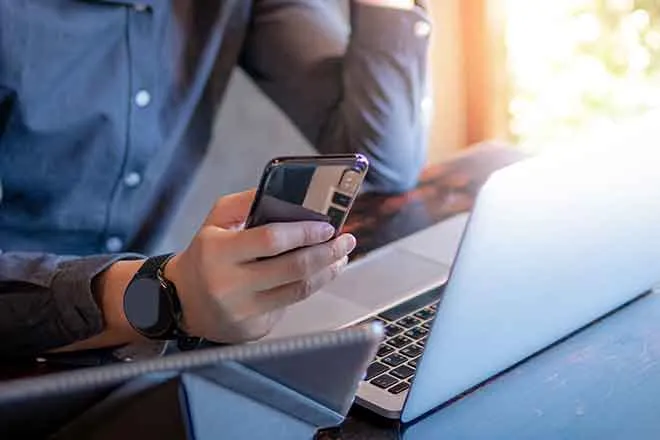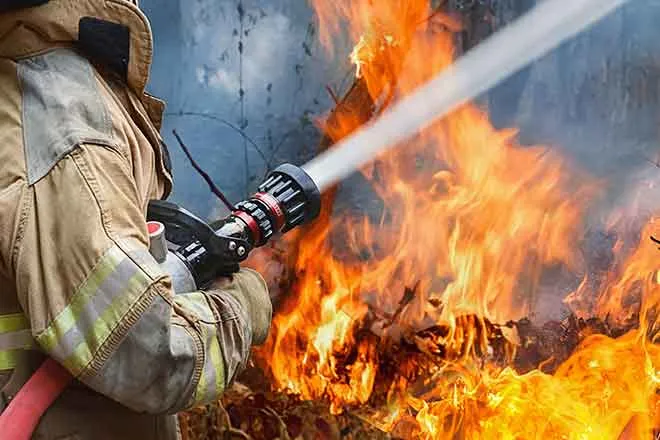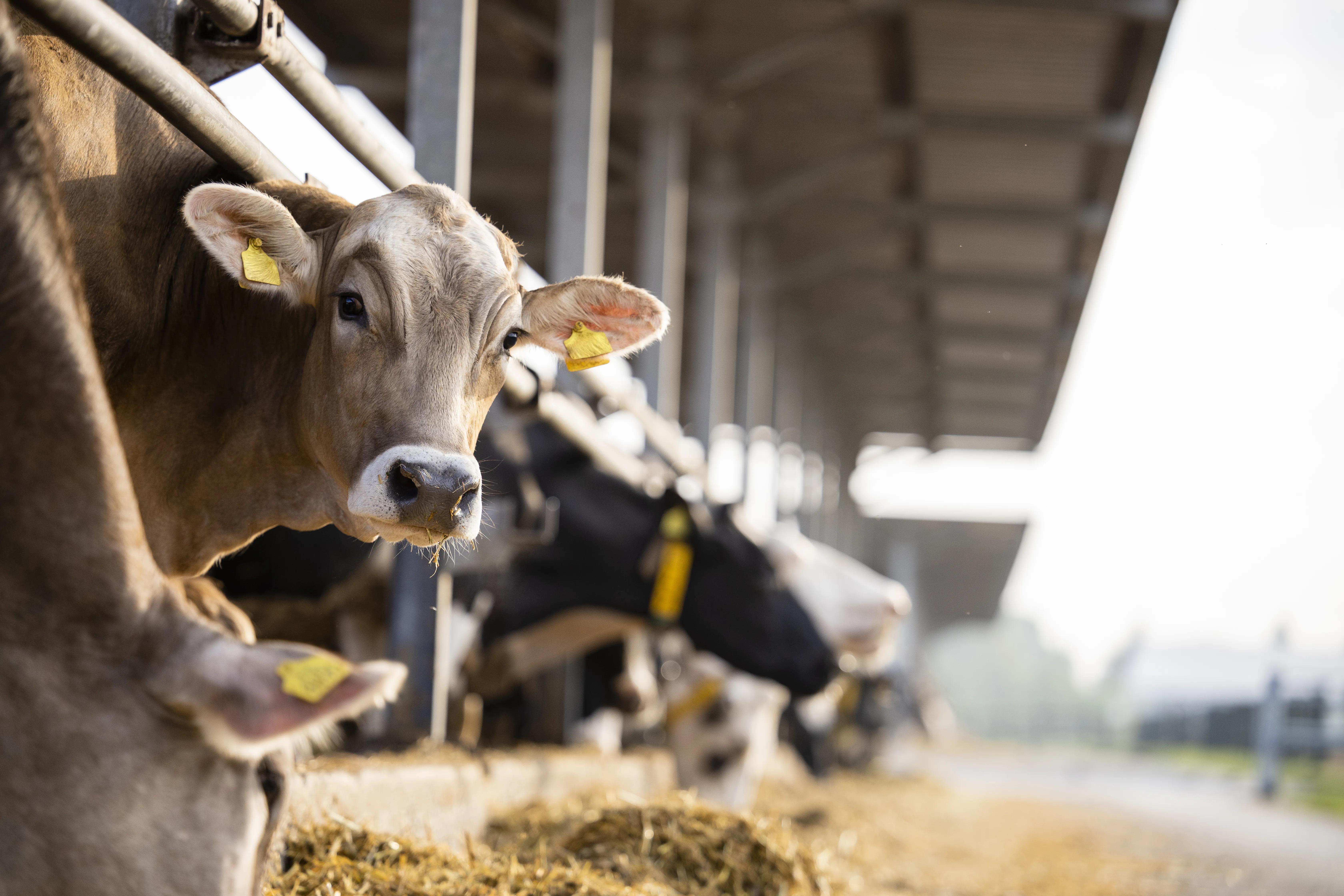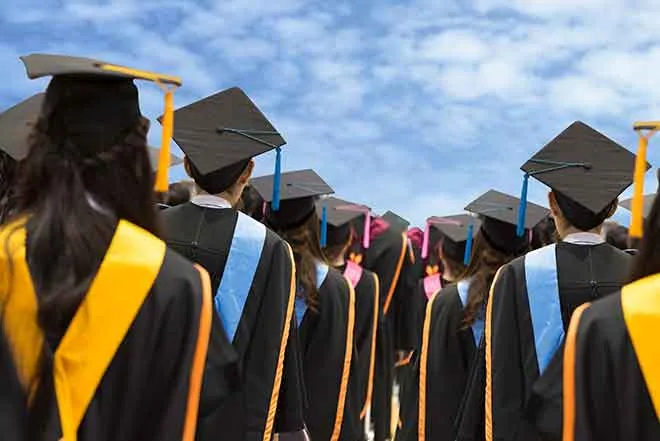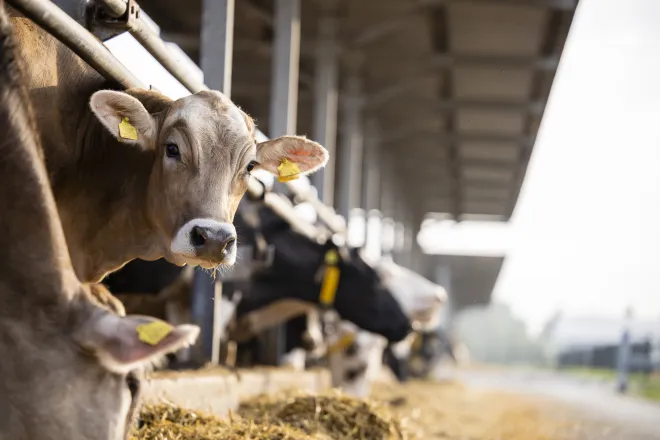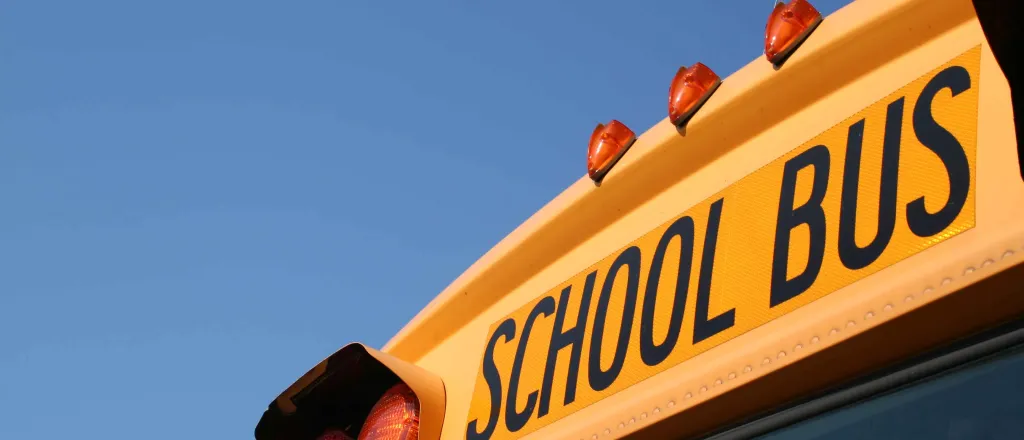
Arizona has over 150 electric school buses, could more be on the way?
Click play to listen to this article.
(Arizona News Connection) With school in full swing, many Arizona students will take the bus to school.
Earlier this summer, the Environmental Protection Agency awarded $900 million of Clean School Bus Program funding to more than 500 districts across the country, some of which came to Arizona.
Currently, Arizona has secured 155 electric school buses, according to the Electric School Bus Initiative.
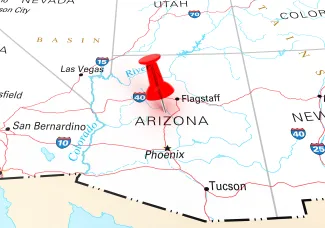
Hazel Chandler, Arizona State field organizer with Moms Clean Air Force, said smaller school districts in the state received enough funding to replace half their fleets.
She added that school districts are now looking to alternative avenues to continue transitioning.
"Some of them are using utility money, a lot of them are using bond money," said Chandler. "So they might have gotten a couple, or maybe three of four initially - but then they love them so much, and the families and kids love them so much they just continue to approve them."
Chandler said electric school buses, or ESB's, are game changers for students with asthma as they eliminate tailpipe emissions.
She added that the buses are also quieter, meaning a less chaotic ride for bus drivers and students. Chandler said while the federal government has done its part, more can be done.
She contended states could invest more to ensure ESB's are a top priority.
Brittany Barrett - deputy director with World Resources Institute overseeing their ESB Initiative - said older, polluting buses have disproportionately operated in school districts with more people of color, low-income households, and in rural areas.
But data from the institute show that since 2022, most ESB commitments have been allocated to serve those at higher risk of poorer air quality.
Barrett said limited funding, rebates, and grants are still available - and encourages districts to act.
"There are different ways to deploy buses within their range capacity," said Barrett, "that can ensure that the benefits of this transition happen first to those communities who need it the most."
Kevin Matthews is the head of electrification with First Student, which has committed to electrify 30,000 electric school buses by 2035 - resulting in a reduction of over 1.6 million pounds of greenhouse gases.
Matthews said while ESBs may have a costlier initial price tag, the cost savings are undeniable.
"This is primarily driven by lower cost of fuel," said Matthews. "Lower liquid changes like motor oils, engine cooling, those types of issues. Less wear and tear on brakes. So this is a significant change in that area."



